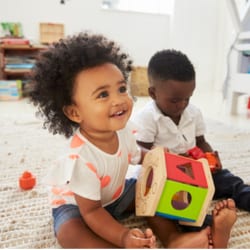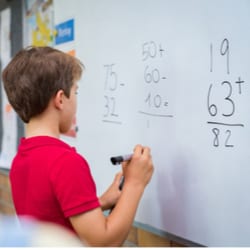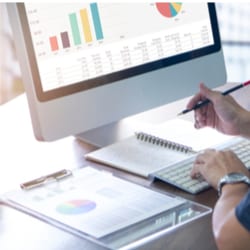Understanding, estimating, and using measurement
Measurement in everyday environments. Units of measurement in ratios, rates, proportions with decimals and percentages
Home » Numeracy Focus Areas » Understanding, estimating, and using measurement
General overview
This focus involves learners developing an appreciation of how important measurement is in their everyday environments, recognising the attributes that are measured, and how the different units of measure are used and calculated.
At early levels, learners measure objects using direct and indirect comparison with informal units and recognise time by identifying and participating in familiar daily events.
As they progress, learners choose and use appropriate metric units for length, area, volume, capacity and mass to solve everyday problems, and convert digital to analogue time and understand 24-hour time in contexts such as travel timetables and international datelines.
At upper levels, students solve complex problems involving surface area and volume of prisms and cylinders and composite
Students are aware of the extensive role that measurement plays in their everyday lives, from such aspects as time management and cooking through to health literacy. For example, they learn about medical prescriptions and blood pressure.
They also come to understand the use of measurement in the finance and construction industries, as well as developing cognition of the need for a critical awareness of the way measurements are used to compare products such as food contents and contemporary contexts such as climate change.
The relationship between length, area, volume and capacity are key concepts of measurement.
Measurement is intrinsically linked to developing number sense and using proportional reasoning.
Estimation is a critical skill; learners develop a sense of the reasonableness of their answers and routinely estimate the likely size and nature of their expected result.
Learners become fluent with the units of measurement as they are applied in ratios, rates and proportions with decimals and percentages.



